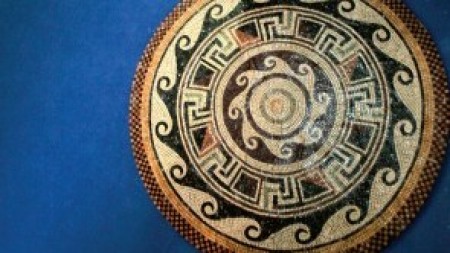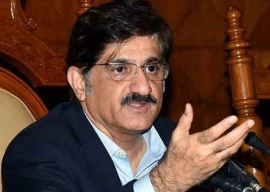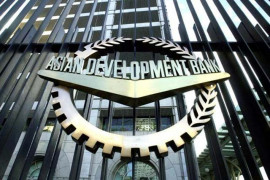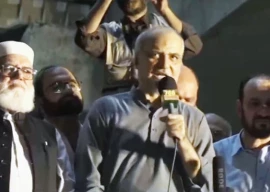
The topic this year was Raj Architecture in the sub-continent.
The conference aimed to try and define Raj architecture and explore our attitudes towards the period and its implications for the architectural landmarks from that era, said architect Iftikhar Azam, the convener of the conference. Leading architects from Pakistan, India and Bangladesh spoke in the three-day conference that ended on Sunday.
The main speaker on the last day was Habib Fida Ali who discussed the old architecture of the city and his experience of renovating Mohattah Palace. The task was “tough,” he said, particularly as the funds were tight.
Discussing the effort to stay true to the historic building, Ali said that they tried their best to preserve its originality. “We tried to maintain the previous glory of the building along with using new stuff.”
However, Ali argued that Mohattah Palace was not a part of Raj architecture even though it was built during the British Raj. “[The building] carries both local and British touches,” and is an amalgamation of Hindu, Muslim and British architectures. The same could be said of other buildings from the British era, Ali argued.
“Shivratan Chandraratan Mohatta [the man who built Mohatta Palace] studied in Agra and worked in Rajasthan so it carries a Rajasthani touch,” Ali told his audience.
“It took lot of time to bring Mohatta Palace to its present state,” Ali said, adding that it is not being run according to its charter. One understanding was that Mohatta Palace would be used to promote Pakistani art, said Ali. He also added that the leading contributors in its renovation were the workers who have been forgotten.
Sadly though, few people from the neighborhood have visited Mohatta Palace, he said. Architect Abu Sayeed Mostaque Ahmed from Bangladesh discussed the period’s architecture in his country. “After land revenue reforms in the Indian sub-continent, the zamindars became wealthy and made buildings to show off their power and greatness.” He referred to the buildings built by Rabindranath Tagore and others as threading ground between modern and traditional architectural experiences.


















COMMENTS (1)
Comments are moderated and generally will be posted if they are on-topic and not abusive.
For more information, please see our Comments FAQ